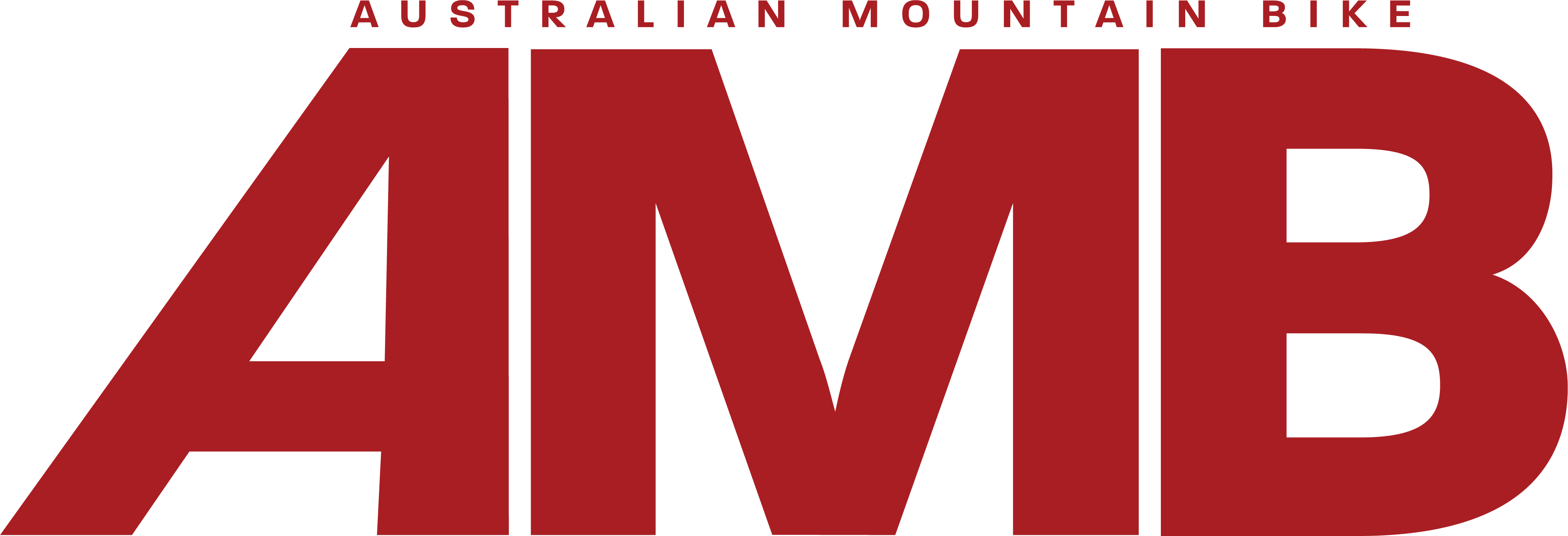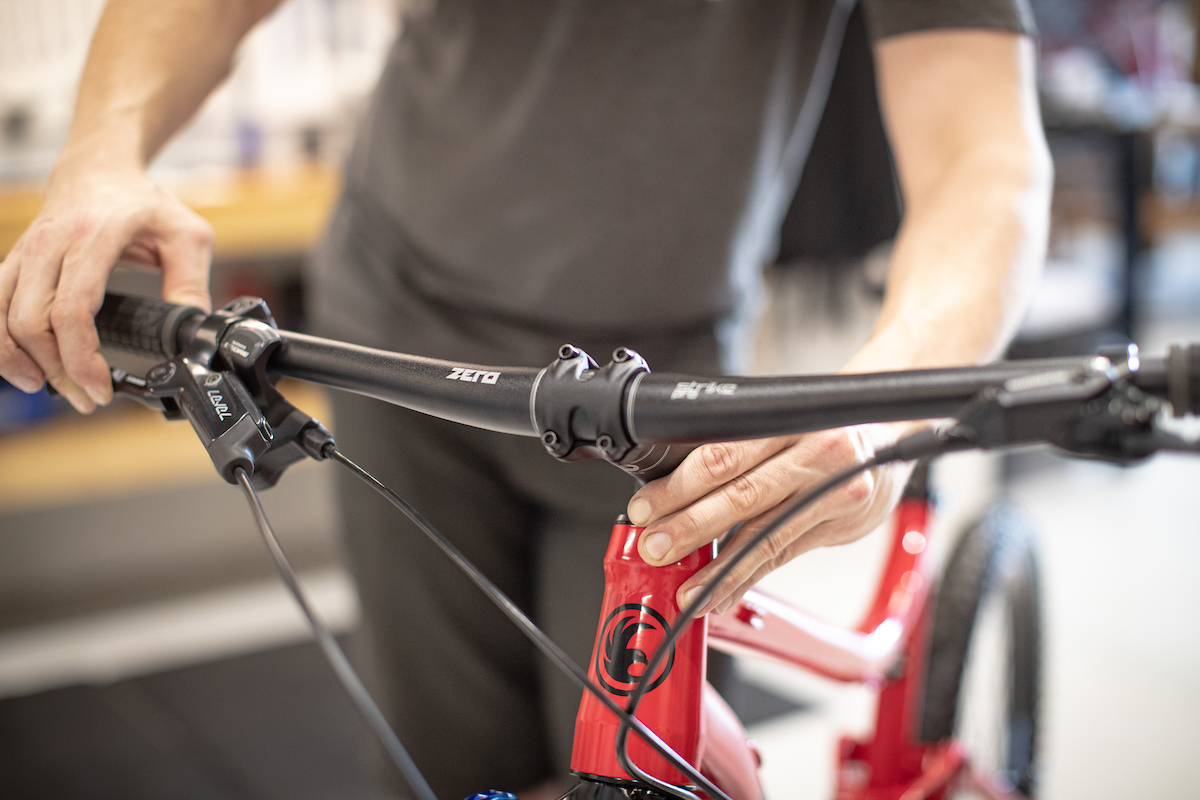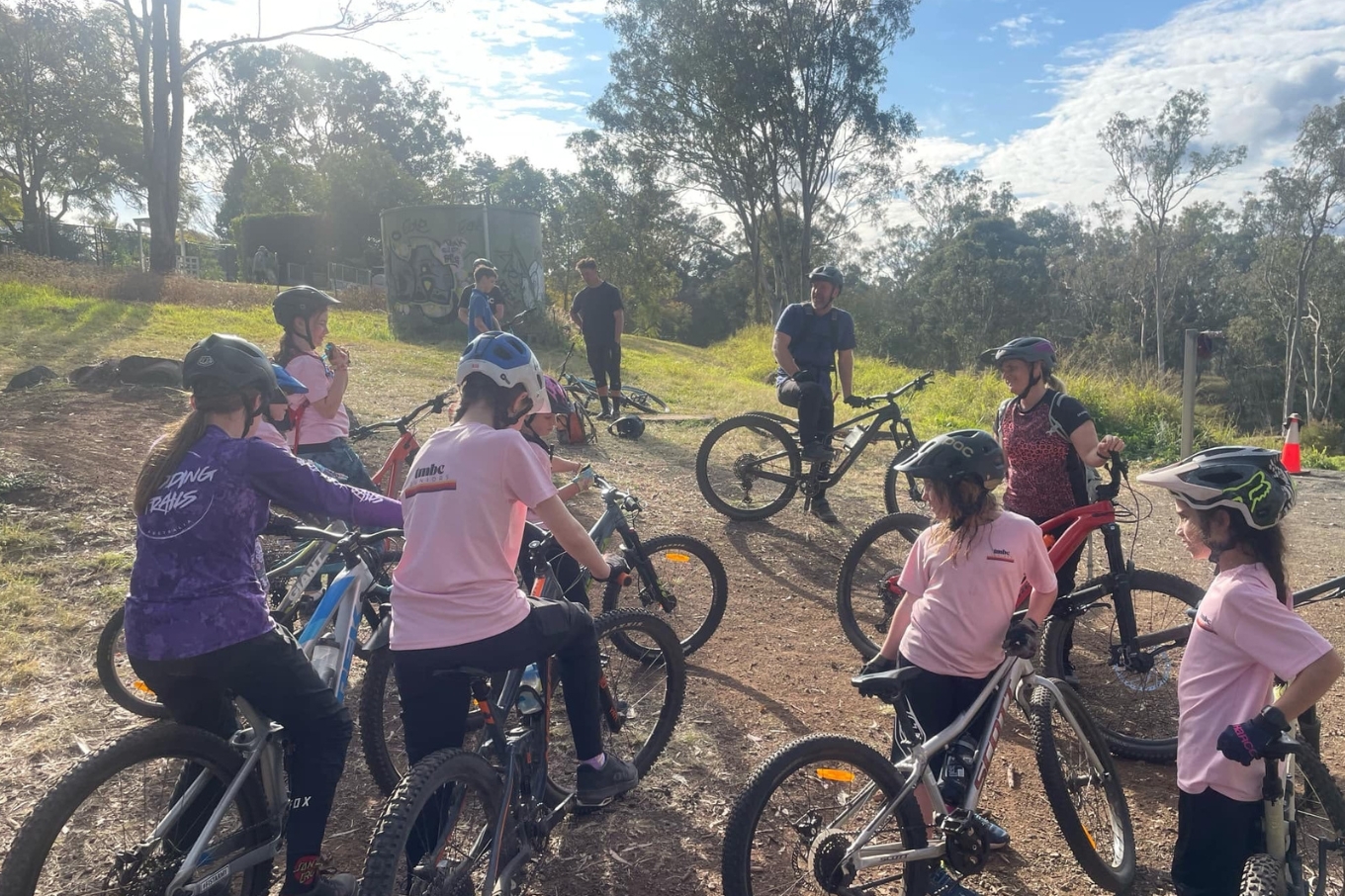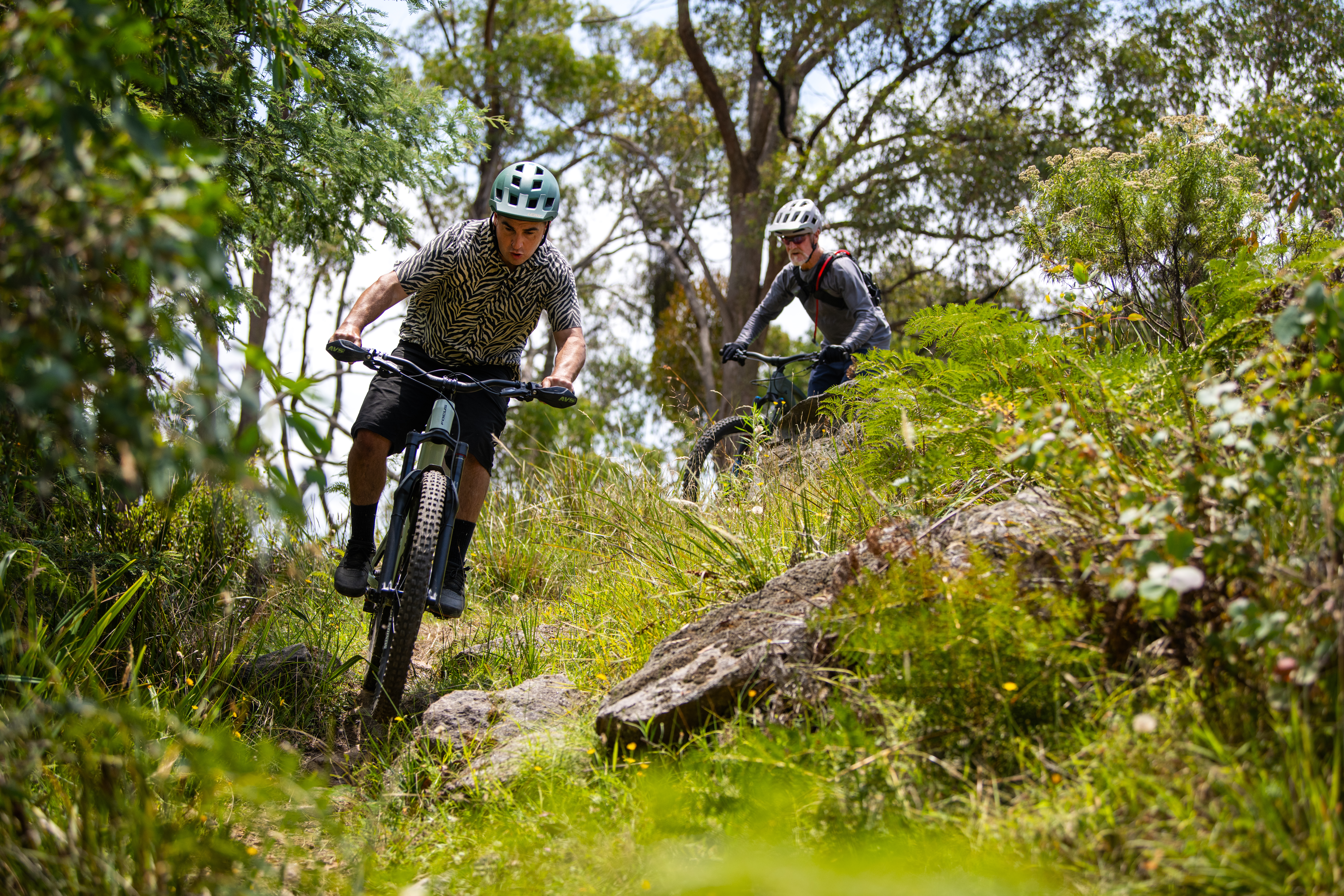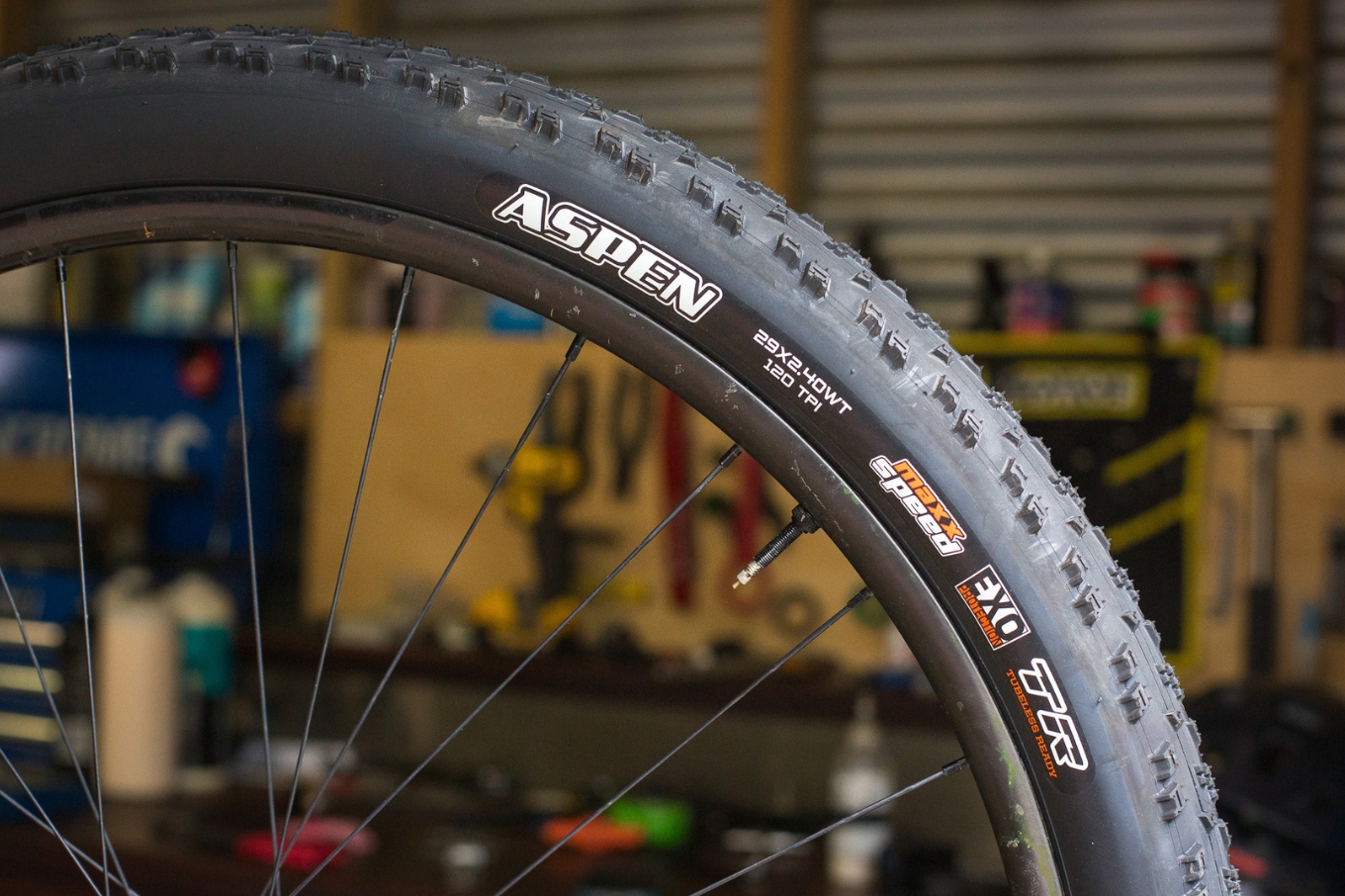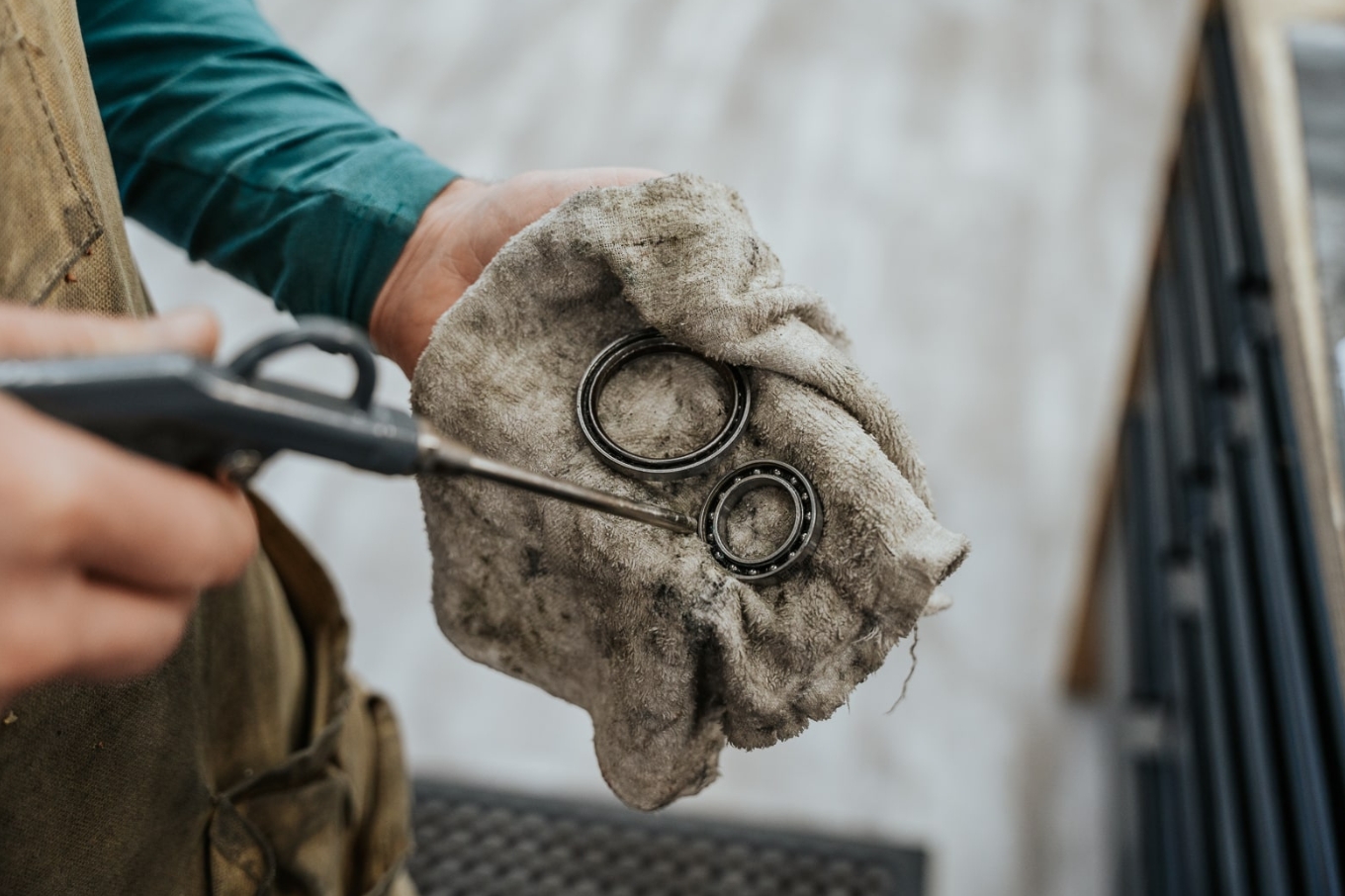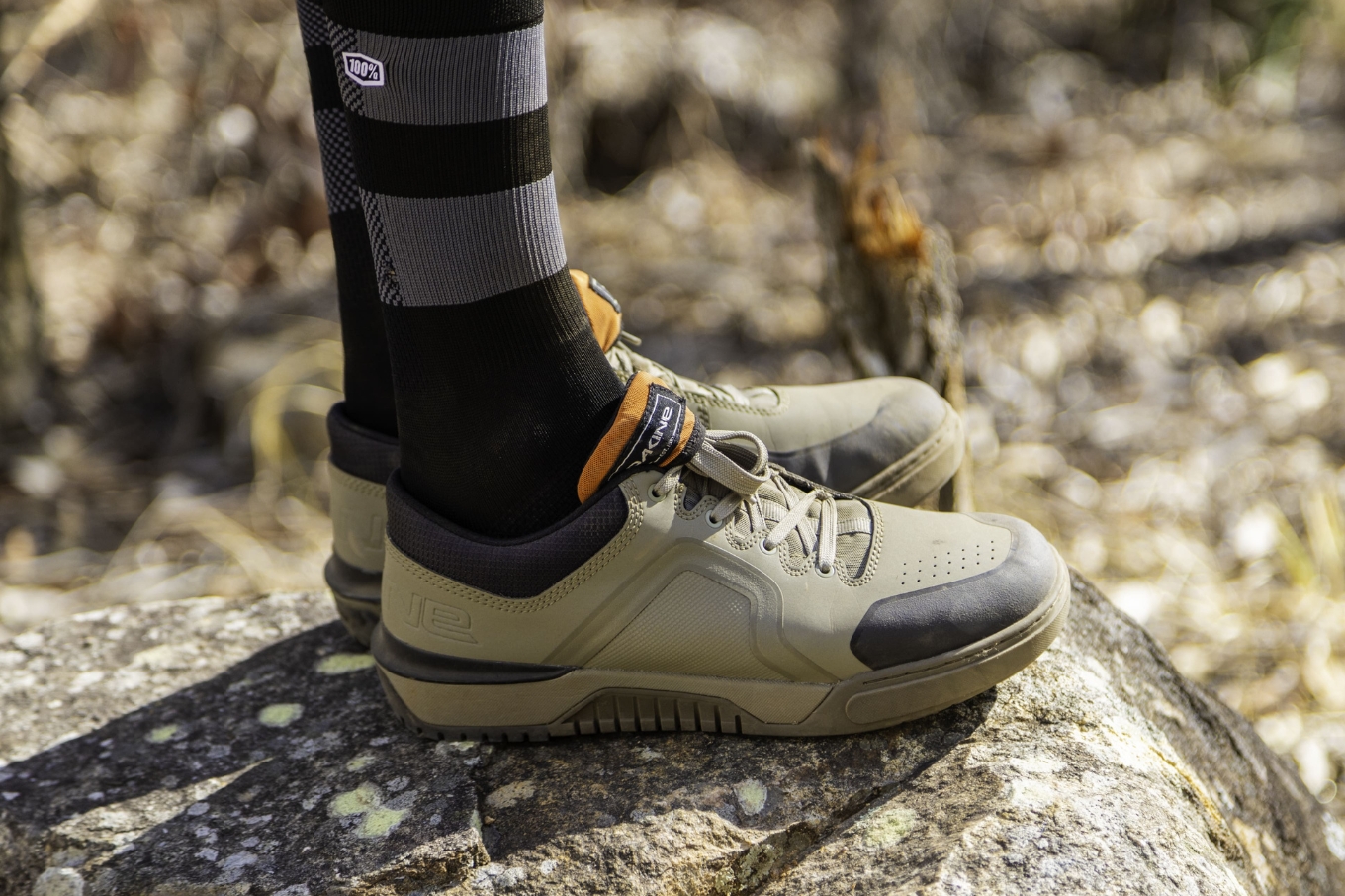WORKSHOP: How to adjust a threadless headset
A loose headset is both annoying and dangerous. Here's how to tighten it back up!
Words: Mike Blewitt
Photos: Tim Bardsley-Smith
The headset on your bike is made up of two bearings, a crown race on your fork, bearing surfaces or cups, compression washers, a bearing cover and a top cap. While it’s often ignored, a headset that is too loose or too tight will negatively impact your bike’s handling, and can even lead to serious damage of your frame or fork – and you. Checking for a loose or tight headset is very easy, and it’s a cinch to adjust as well.
Tools needed:
- Torx or allen keys suited to your stem and top cap. Normally T25, 5mm or 4mm will be all that’s needed to cover almost everything
- Torque wrench to get the stem bolts at the right torque, plus the appropriate bit size for your stem bolts.
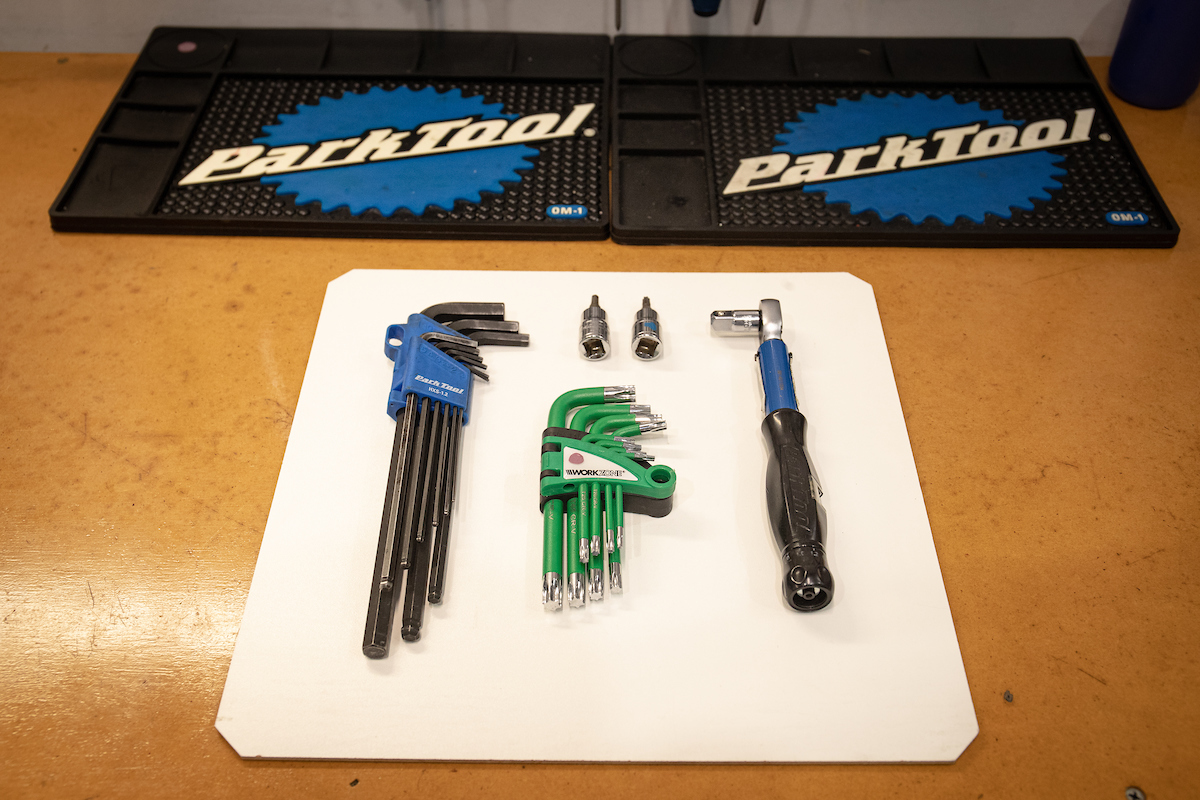
Step One: Is the headset loose?
By locking your front brake, or placing the front wheel against something solid, you should be able to feel whether your headset is loose by rocking front to back. Feel for movement around the stem spacers or right at the bearing cover. Discolouration on your fork steerer is also a tell-tale sign. If your bars are too hard to turn, it’s likely the headset is too tight.
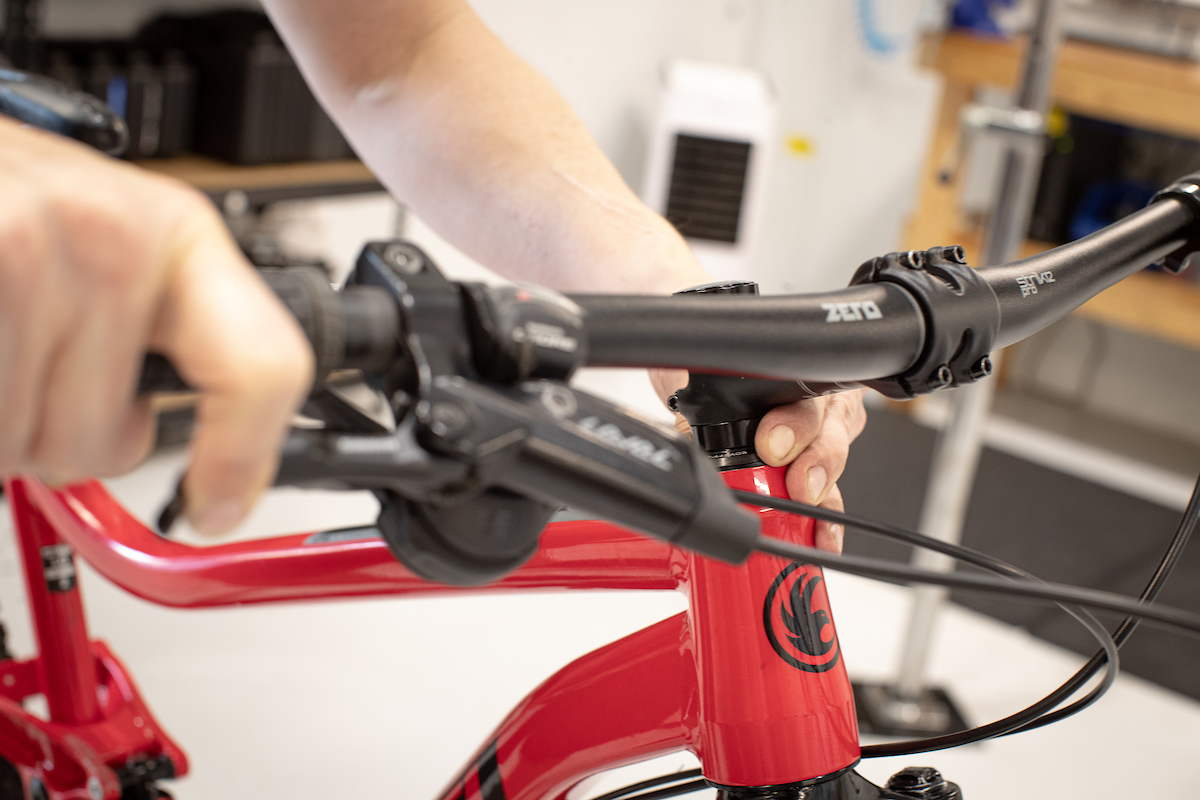
Step Two: Undo your stem bolts
The stem stops the headset getting looser or tighter, so you need to undo the bolts that tighten your stem to make any adjustment. Use the appropriate tool to loosen them off. No need to remove them, but if you do it’s worthwhile making sure the threads have a slight smear of grease.
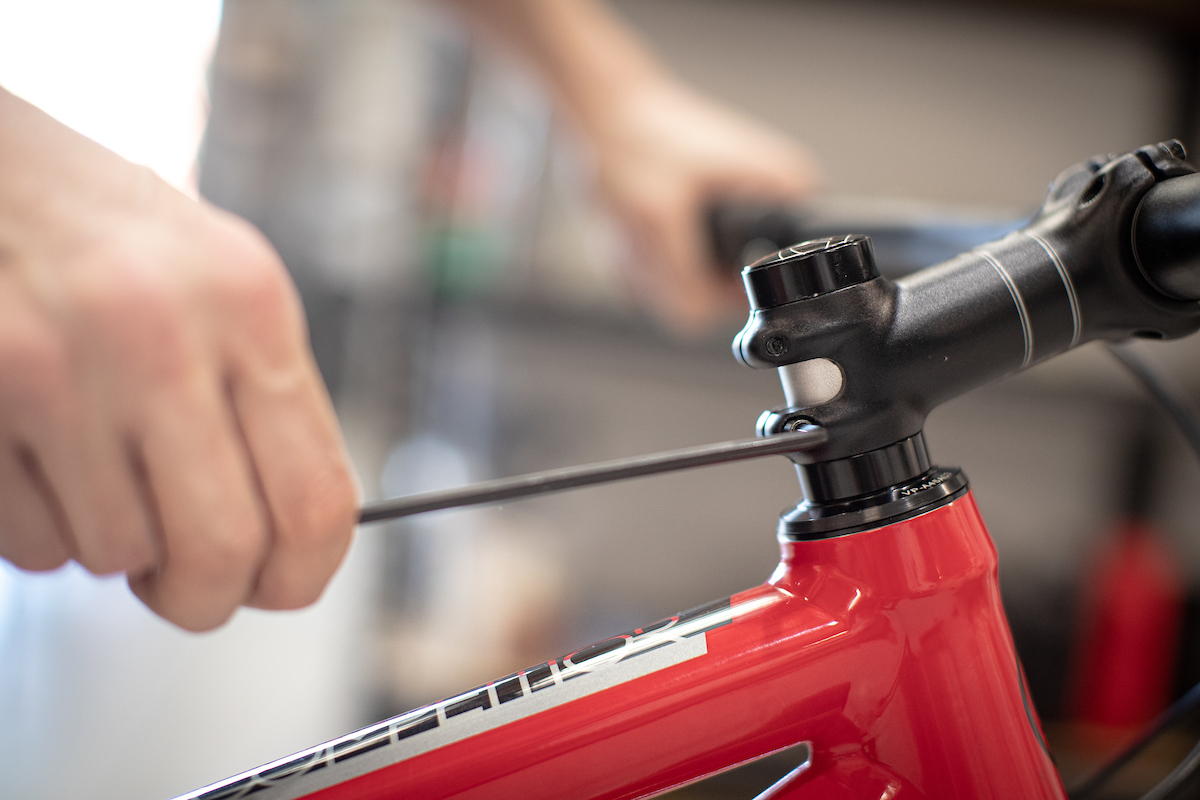
Step Three: Tighten, or loosen the top cap
The bolt at the top cap is used to preload the bearing. If the headset was too loose, you need to tighten it a little. If it was too tight, you need to loosen it a small amount.
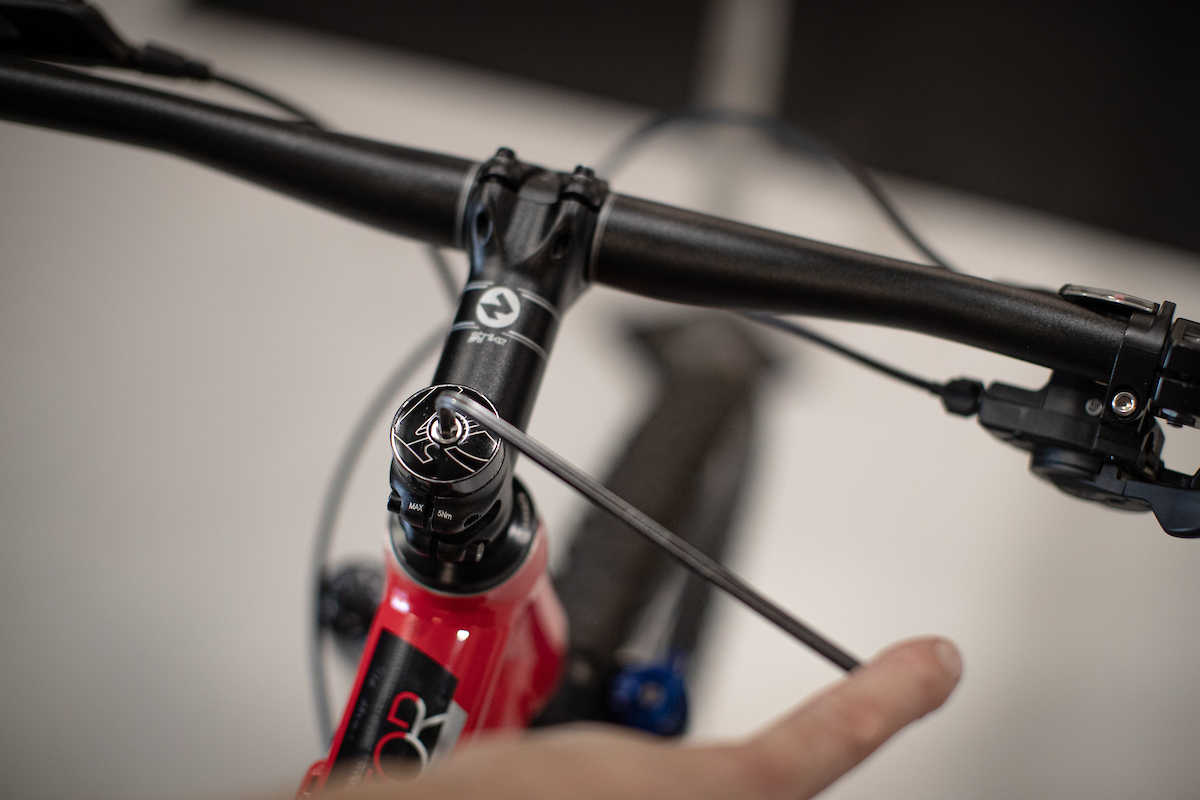
Step Four: Check for tightness
Lift the wheel and turn the bars. Does it bind? If the steering feels too firm, or hard, there is too much preload. Back off one quarter of a turn on the top cap and test it again.
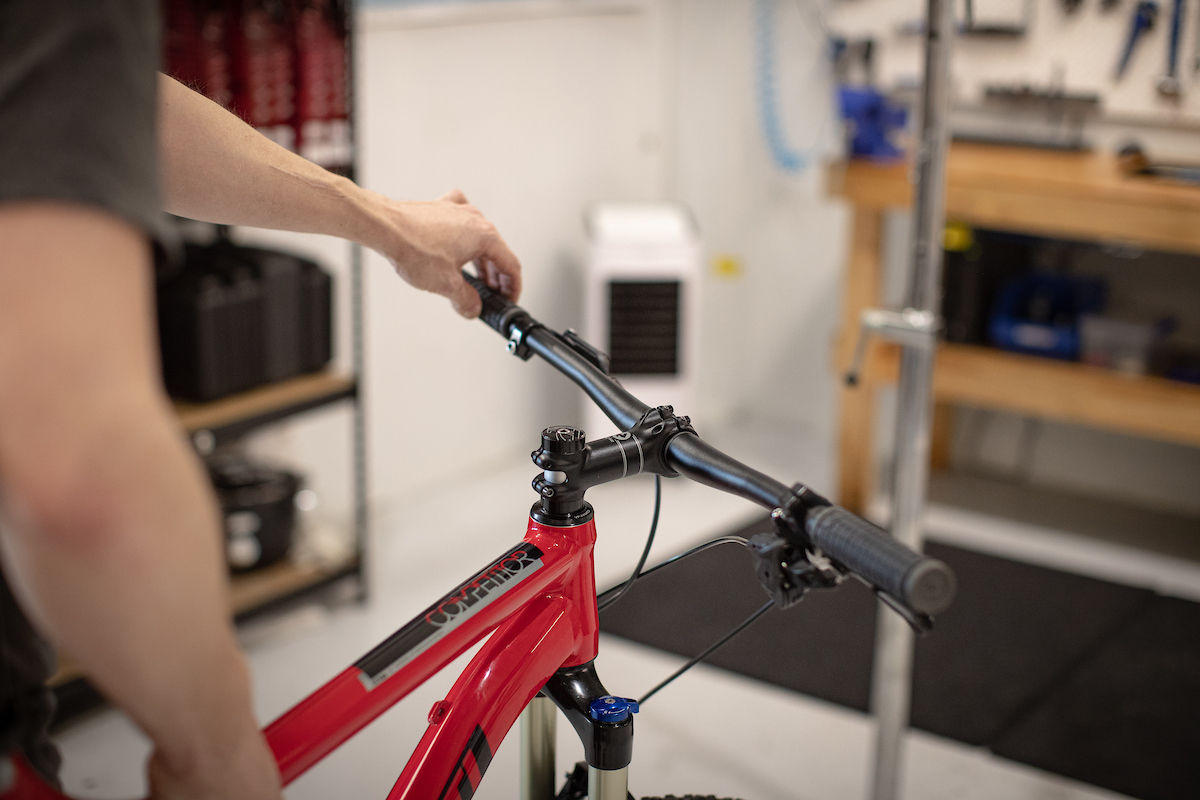
Step Five: Check for play
Lock the front brake and check for bearing play. Is it gone? If not, try another quarter turn and test it again. You want the bars to move freely, without any fore-aft play in the bearing. If you have bottomed out the bearing preload bolt on the top cap and there is still play – you may need another spacer under the stem, although it would be best to consult your local bike shop.
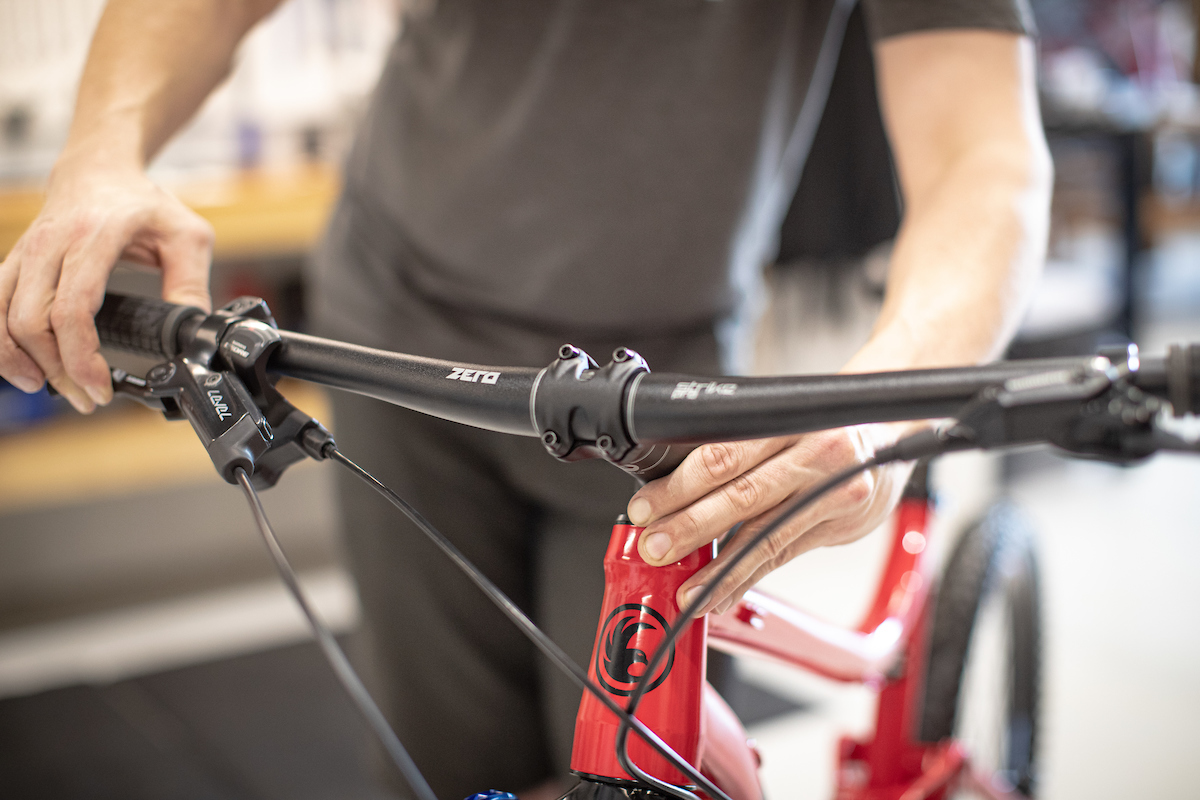
Step 6: Check your bars are straight
Once the headset is adjusted, check your stem and bars are on straight. You can try to line up the bars with your front axle, or line the stem up with your tyre, or get it as good as possible then ask a friend…
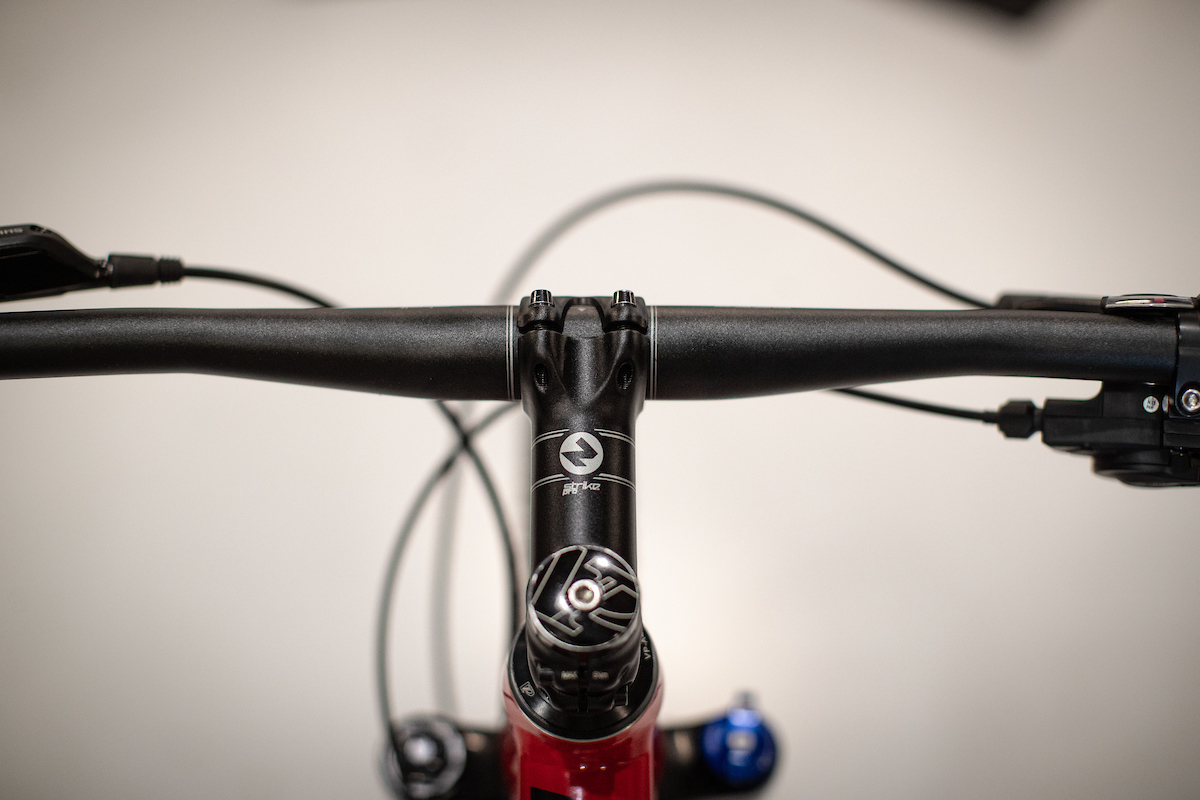
Step 7: Set your torque wrench
Almost any stem will have the recommended torque written on it. It’s almost always 5Nm. Set your torque wrench to the right setting with the correct tool attached.
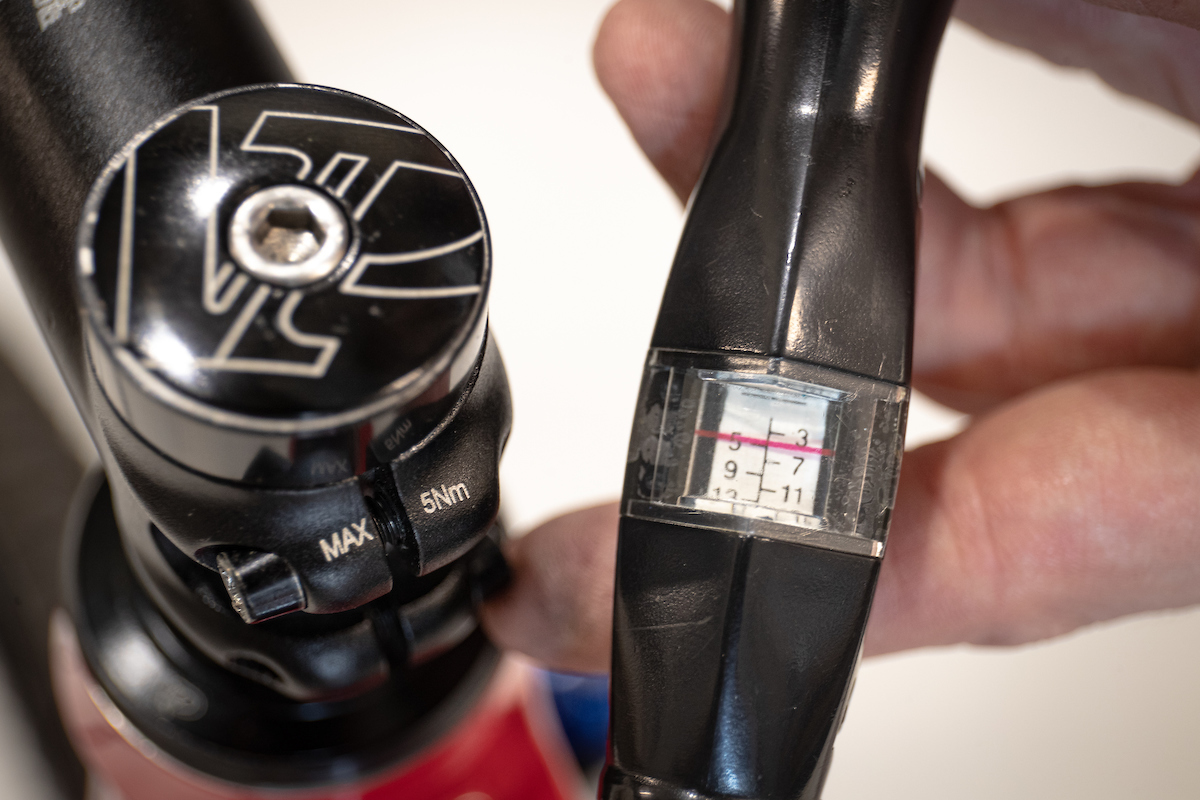
Step 8: Tighten both bolts to the recommended torque
Tighten both bolts evenly, and you should be done. It’s worth double checking your bars are straight, and you can confirm the play is gone, or the headset is no longer tight and binding. If it still feels wrong, go through the steps again. Alternatively, visit your local bike shop, as there may be another issue at play, such as a worn head set bearing or damaged compression washer.
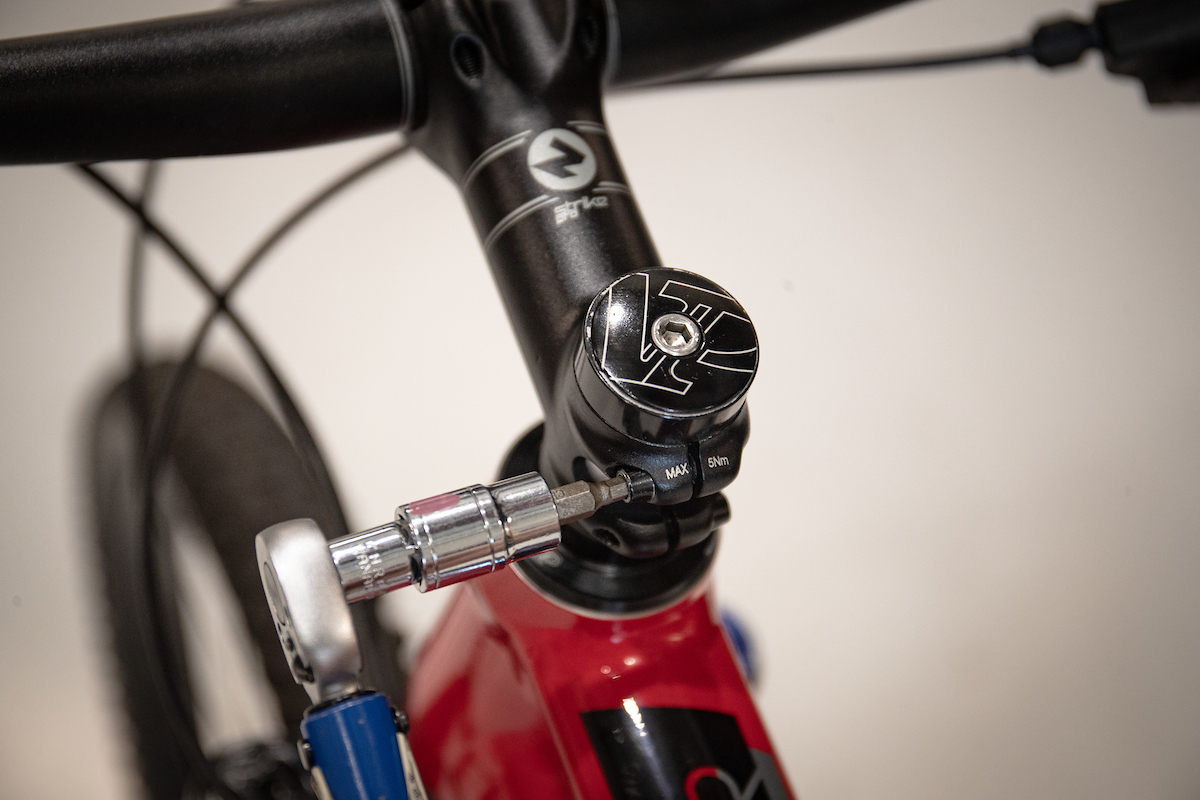
After more workshop articles? Click here.
